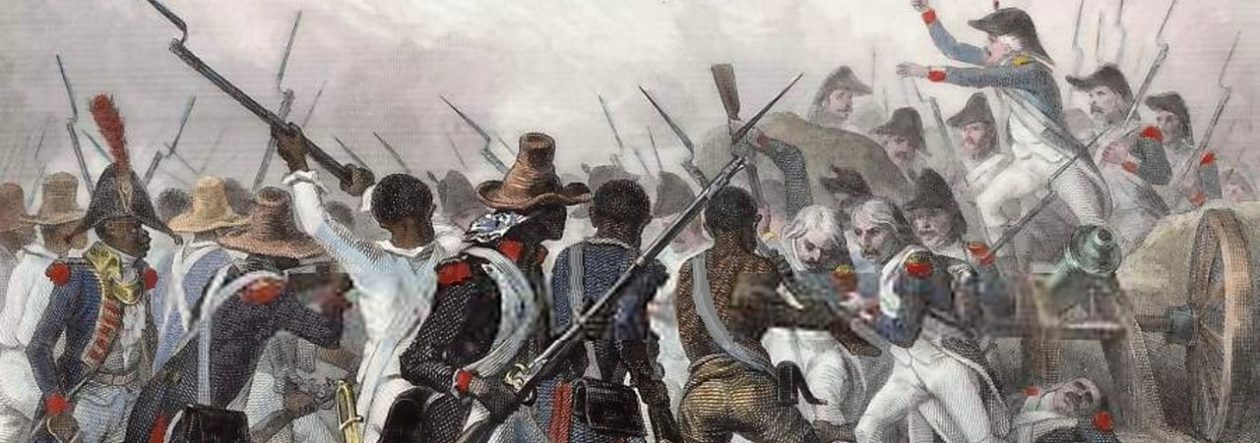by Meg King
 As a first-time visitor to Coalbrookdale, I could’ve been mistaken for Owen Wilson, considering how many times I said, “wow.” I mean, who knew that Ironbridge is so much more than literally just an iron bridge? Imagine my surprise when I learned that the Ironbridge Gorge museum network is actually comprised of ten separate heritage sites, including the Blists Hill Victorian Town, the Coalport China Museum, and the Coalbrookdale Museum of Iron, where I spent the majority of my far-too-short time in Shropshire.
As a first-time visitor to Coalbrookdale, I could’ve been mistaken for Owen Wilson, considering how many times I said, “wow.” I mean, who knew that Ironbridge is so much more than literally just an iron bridge? Imagine my surprise when I learned that the Ironbridge Gorge museum network is actually comprised of ten separate heritage sites, including the Blists Hill Victorian Town, the Coalport China Museum, and the Coalbrookdale Museum of Iron, where I spent the majority of my far-too-short time in Shropshire.
 Set upon the grounds which served as the birthplace of industry, the Museum of Iron illustrates the lives and work of the family of Abraham Darby. As a staunch Quaker, studying and developing the craft of a skilled tradesman was an obvious path for Abraham Darby. Darby’s notoriety surpassed that of an ordinary artisan, however, when he perfected a method of smelting iron in a blast furnace which was fueled by coke as opposed to charcoal.
Set upon the grounds which served as the birthplace of industry, the Museum of Iron illustrates the lives and work of the family of Abraham Darby. As a staunch Quaker, studying and developing the craft of a skilled tradesman was an obvious path for Abraham Darby. Darby’s notoriety surpassed that of an ordinary artisan, however, when he perfected a method of smelting iron in a blast furnace which was fueled by coke as opposed to charcoal.
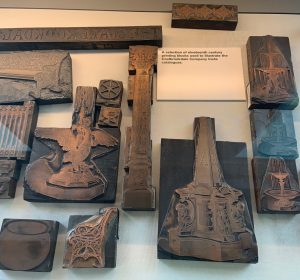
Whereas charcoal tended to be both time-consuming and fragile, coke expedited the smelting process and made the production of iron more cost-effective. Darby’s ingenuity not only enabled the mass production of iron goods, which were intricate in detail, solidly forged, and exported worldwide, but, moreover, established Coalbrookdale as the birthplace of the Industrial Revolution.
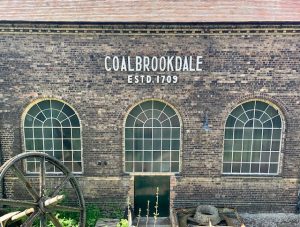 Admittedly, I knew very little about Coalbrookdale prior to my visit, but after driving past the Abraham Darby Academy and the Abraham Darby Sports and Leisure Centre, I felt it was safe to assume that the men who bore the name were a pretty big deal. What I did not anticipate, however, was how important women were in securing Abraham Darby’s place in history. In the Quaker faith and in the Darby family business, regardless of any legislative factors, men and women were acknowledged as equal, which offered all individuals access to the same educational and employment opportunities. As this is a history blog rather than a political rant, I shall continue onward, with no further comments or comparisons.
Admittedly, I knew very little about Coalbrookdale prior to my visit, but after driving past the Abraham Darby Academy and the Abraham Darby Sports and Leisure Centre, I felt it was safe to assume that the men who bore the name were a pretty big deal. What I did not anticipate, however, was how important women were in securing Abraham Darby’s place in history. In the Quaker faith and in the Darby family business, regardless of any legislative factors, men and women were acknowledged as equal, which offered all individuals access to the same educational and employment opportunities. As this is a history blog rather than a political rant, I shall continue onward, with no further comments or comparisons.
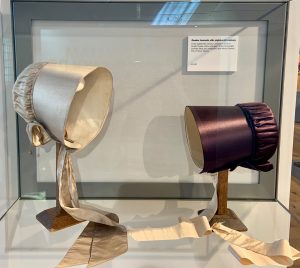
So, women. Yes, as early as 1709, women of all ages labored in warehouses and mines. Women combed the pit banks and mine shafts for fragments of iron and transported them to the production site. Moreover, upon the death of Abraham Darby III in 1789, women even ran the Coalbrookdale Company. As there were no male heirs of age to fulfill management roles, Abraham’s sister, Sarah Darby, supervised (and might I add, expertly so) all matters of business alongside her sister, Mary Rathbone, and her brother’s widows, Rebecca and Deborah. At all levels, the intelligent and hardworking women of Ironbridge Gorge advanced the company’s operations and profits, and by 1880, ten percent of the Coalbrookdale Company’s payroll were female. Women filling the rank and file of a sector that can only be described as a “boys’ club” is impressive as is, but in nineteenth-century terms, it’s extraordinary. In fact, it was during the reign of the Darby women that Cornwall-based engineer Richard Trevithick came to understand that only the talented artisans in Coalbrookdale could aid him in carrying out his vision of the world’s first railway steam locomotive.
Strolling on the green and listening as the clocktower still chimes every hour on the hour, viewing the Darby Family’s original furnace, which remains preserved upon the property and dating back to 1638 (Fun Fact: It’s historical significance has been awarded  Grade I Listed status), and touring the Darby family houses, situated atop the hill alongside the workers’ quarters really puts into perspective both the massive scale of the family’s iron-making operation and its commitment to the Ironbridge Gorge community. For less casual history buffs, the Coalbrookdale Research Library and Archive house rich primary resources, including personal diaries, private correspondence, photographic collections, and local ephemera which reinforce the region’s importance in the Industrial Revolution.
Grade I Listed status), and touring the Darby family houses, situated atop the hill alongside the workers’ quarters really puts into perspective both the massive scale of the family’s iron-making operation and its commitment to the Ironbridge Gorge community. For less casual history buffs, the Coalbrookdale Research Library and Archive house rich primary resources, including personal diaries, private correspondence, photographic collections, and local ephemera which reinforce the region’s importance in the Industrial Revolution.
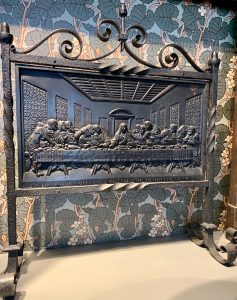
Maybe you’re thinking that all of this information is overwhelming or maybe I still haven’t sold you on exactly how interesting iron can be. If you’re unsure of where to start, go online and plan your visit or reach out to one of the many lovely people who strive to preserve these important historical sites. During my time in Coalbrookdale, I didn’t encounter a single soul who wasn’t willing to answer my questions or point me in the direction of a good cup of coffee. If the latter is holding you back from planning a visit to Ironbridge Gorge, I can promise you that the region has something to offer everyone. Just to reiterate, the area has ten historical sites. Ten. So just trust me.
